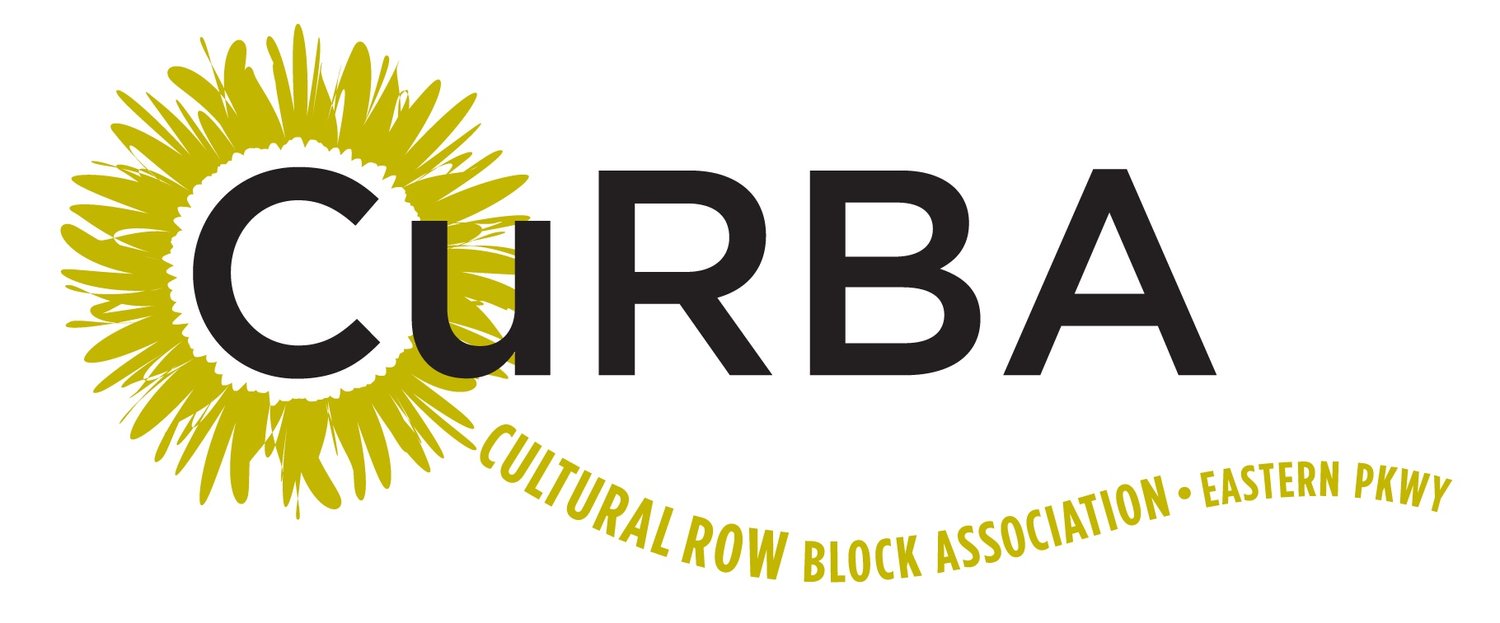History of 41 Eastern Parkway: The Early Days
By David Trubek (November 2016)
1) Cometh the Subway
From the original brochure
41 Eastern Parkway was part of a building boom along Eastern Parkway sparked by the coming of the subway. In 1920, the subway was extended from the Atlantic Avenue Terminal out along Eastern Parkway. The Brooklyn Museum stop was added by 1925. Builders bought up vacant lots and tore down old single or two family dwellings to build apartments for a growing market for apartment living.
2) Building 41 Eastern Parkway: architects and owners
The lot at 41 Eastern Parkway, like much of the block from Underhill to Washington, was vacant in 1920. It was developed by a realty company and a firm of lawyer-architects. The owner was the Brooklyn Plaza Realty Co. The architect-developers were Shampan and Shampan .
The Shampan firm was founded in Brooklyn in 1907 by brothers Joseph Shampan (c.1886-1961) and Louis Shampan. They designed apartment houses as well as numerous commercial buildings in the garment district of Manhattan. Shampan and Shampan designed several buildings in Brooklyn including Trust Hall (1916) on the Pratt Institute campus, the Woodrow Wilson apartment at 255 Eastern Parkway, and Temple Beth El 4802 15th Ave. The firm remained in practice through the 1960s.
The Shampans were among a handful of important and busy Jewish architects in early 20th century New York. They built dwellings for a clientele that included people moving out of the Lower East Side into Upper Manhattan, the Bronx and Brooklyn. Buildings like 41 Eastern Parkway were designed for middle class people like the Shampans themselves: Louis Shampan was one of the original residents.
3) Selling Copley Plaza--“The Aristocrat of Apartment Dwellings”
Brooklyn Plaza Reality gave #41 the fancy name of Copley Plaza and advertised it as the equivalent of living on Park Avenue. An ad in 1926 called it “Brooklyn’s Finest Apartment Building” with the “generous size of rooms that will draw a cry of delight from home loving women”. The building was ready for occupancy in the fall of 1926. A year later an ad appeared calling it luxurious, the equivalent of Park Avenue, and “The Aristocrat of Apartment Dwellings”. One ad mentioned the luxurious lobby and carpeted corridors. All the ads stressed ease of access to Manhattan: with the new Brooklyn Museum stop open, subways times were said to be 12 minutes to Wall Street, 22 minutes to Times Square.(Google says the trip to Wall today is 19 minutes.)
4) Living in Copley Plaza
Who were the original residents? From the data I can find, they seem to have been middle and upper middle class. There were businessmen and professionals including lawyers, a doctor, and an architect—Louis Shampan himself. The Brooklyn Eagle’s social notes reported one family from # 41 visited Paris; another sent their son to Amherst College. Various religions were represented: we know Shampan was Jewish and I found announcements for weddings and funerals of several Catholic families living in #41. The 1930 census does not include religious affiliation but several of the foreign born residents reported they spoke Hebrew or “Jewish” before coming to the US. I assume there were several Protestant families.
What were the residents in 1930 doing for a living? The 1930 census shows that the largest number-28 -- were in business of some type, with 19 listing their job as manager, 5 as manufacturer. There were six professions represented: four lawyers and one each for Dentist, Doctor, Engineer, Rabbi and Architect. The architect was our friend Louis Shampan who designed the building.
Where did they come from? About half the 186 people living in #41 in 1930 were either foreign- born themselves or the children of people who had immigrated to the US. The 1930 census shows that a quarter of the people living in the building were born abroad. But only 10% of the foreign-born were resident tenants; the rest were servants. The largest group of foreign born residents was born in the Austro-Hungarian Empire (10) with Russia (5) second. Live in and foreign-born servants, of which there were 26, came mostly from Germany (9), Ireland (7) and the Austro-Hungarian Empire (5). A larger group was second generation immigrants: the census shows an additional 55 residents with at least one foreign-born parent. Most parents of residents came from Russia (22); Austro-Hungarian Empire (17) and Germany (9).
About 30% of the apartment units had live-in help; some had several including a maid, a cook, and a nurse for children. But it is fair to assume that many of the rest had day help. When people at 41 Eastern Parkway advertised for maids, housekeepers, or nurses to take care of children, they often specified that candidates for maid or housekeeper should be white and for nurses either German or Scandinavian. The census figures bear that out; all the live-in help were white (as were all residents of the building in 1930) and most came from either German-speaking Austria- Hungary, Germany, or Ireland.
What did they pay in rent? There was great variation: rents in 1930 went from a low of $1200 per year to a high of $5600 per year. The high figure was paid by Ward James, who listed his employment as Vice President of a SteeI Works. If we assume he paid 25% of his income in rent, then we can estimate his income at somewhere between $300,000 and $500,000 in today’s dollars. I would guess the median was about $3000 p.a. While I have not been able to get figures for New York City incomes, average net income for those filing tax returns in the US in 1930 was about $5000. If people in #41 were paying $3000 or more a year in rent, they had incomes well above the US average.


